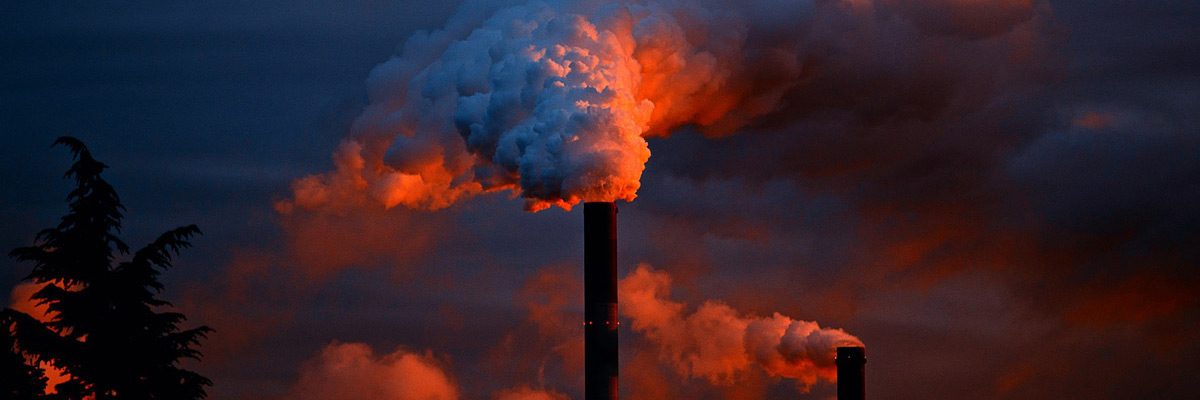I participated in an emergency enactment of a possible New Madrid quake in which St. Louis suffered major damage. This event was held in St. John Hospital’s parking lot. I was a volunteer person, who was pressed into service as gurney “pusher and puller” having no medical skills. The drill went like this. A helicopter would fly in (there were ten supplied by the Missouri and Illinois Guard) and the survivors where lifted off the helicopter on hand carried stretchers laid on the ground in a triage area. There were three treatment areas in the parking lot, one for broken bones treatable without surgery, one for moderate puncture wounds, and one for moderate trauma of many types. So I did the helicopter deal for a while which was pretty hard work. After about 10 helicopters I was pretty beat, so they put me on gurney duty which was a LOT easier. So what couldn’t be treated in the short term areas were put on gurneys (it helped if the survivors where a little ambulatory) and pushed/pulled them into the hospital to either the emergency room which got those not needing immediate surgery and the immediate surgery ones were taken to surgery on the third floor and another floor (4) which had been converted to surgical suits. The buses with refugees started arriving at noon. They did not have enough volunteers to be refugees so to simulate the scenario each seat on the bus was filled with individual supplies (personal hygiene, blankets, clothes if needed, food packets etc.) and then the bus was driven to the State Fair Grounds where tents were being erected. This went on until 5 o’clock. I was told by one of the coordinators that he thought the activity would have gone on for at least 4 or 5 days nonstop. In this scenario there was only mild damage to Springfield and Litchfield but pretty much everything in southern Illinois and St. Louis/South Central Missouri was destroyed.
Day 31 of the IDNR Comment Period
Our server will be down for routine maintenance tomorrow so we are sending the comment for tomorrow (Sunday)–a little early. You won’t want to miss commenting on this one:
Topic: The risk of large scale environmental disasters
- Go to: http://www.dnr.illinois.gov/OilandGas/Pages/OnlineCommentSubmittalForm.aspx
- Click the button: Subpart A: General Provisions
- In the “Section” dropdown box, click: “None”
- Submit your comment/s (below)
- Click “Submit”
Section 1-53 of the regulatory bill requires that fracking operations be conducted in a “manner that will protect the public health and safety and prevent pollution.” And yet, the rules do not address the risk of large-scale and widespread environmental disasters that can occur as a result of fracking in the Wabash Valley and New Madrid Earthquake Zones or in the Illinois 100-year floodplain.
The New Madrid Earthquake zone has been known to historically cause “major” earthquakes of over 7 on the Richter magnitude scale. The Illinois Emergency Management Agency itself identifies these areas with its most severe earthquake zone ratings of “Destructive” and “Ruinous.” An earthquake of these magnitudes, compounded with fracking and injection wells spread throughout the affected zone is quite literally, a recipe for disaster.
Furthermore earthquakes of these magnitudes can easily damage fracking wells, open air pits, pipelines, injection wells – causing toxic and radioactive fracking fluids to pour out into the ground and contaminate the soil and groundwater sources of hundreds of thousands of Illinoisans. Even Ohio Governor, John Kasich, a fracking advocate, has issued an executive order requiring operators to conduct seismic studies before the state will issue well permits.
Similarly, allowing any sort of fracking operations to occur within the Illinois 100 year floodplain zone is also asking for disaster. The environmental devastation caused by the recent floods in Colorado is a case in point. Inundated oil pads, flooded wells, overturned tanks, and ruptured lines were just a few of problems experienced in Colorado as a result of wide-scale flooding. A damaged oil tank dumped 5,250 gallons of oil into the South Platte River south of Milliken, Colorado on 9/18/13 during the flood. The South Platte River, extends to Nebraska and then filters into the Ogallala Aquifer which serves much of the middle of the country.
Open-air pits—which the Rules allow—are particularly vulnerable in a flood. When open-air pits fill with water, there is nothing covering the surface to prevent the fracking wastewater from spilling out of the pit and into the floodwaters, exposing every living thing downstream to the chemicals, brine, radioactivity, etc. that was in the pit.
-
Solution:
- Avoid fracking in active seismic zones and flood plains.
To remove your name from this email list click here. To unsubscribe from all emails from us click here.
Bloomington, IL 61701
United States
:}
Go there and comment. More soon.
:}
